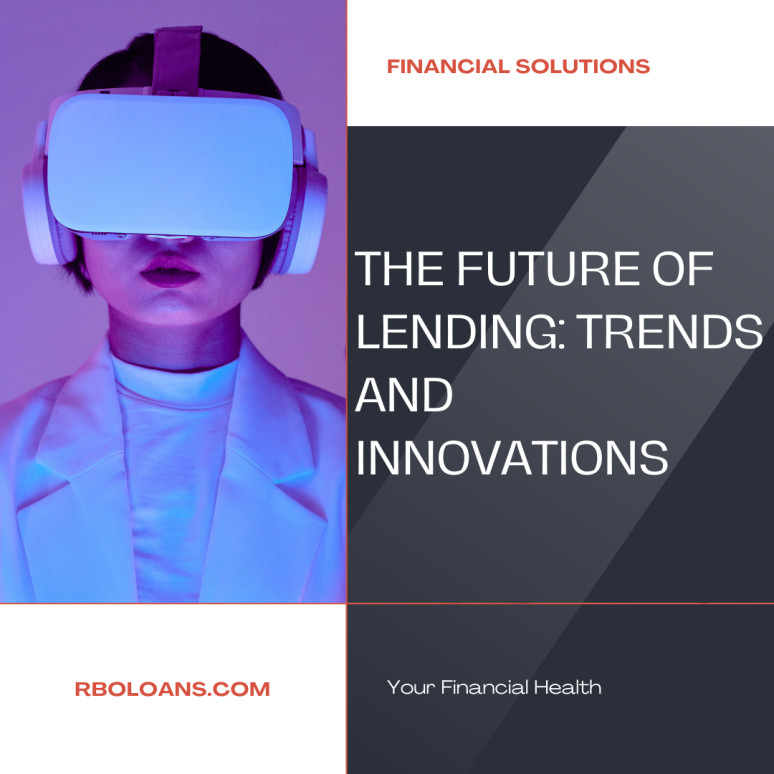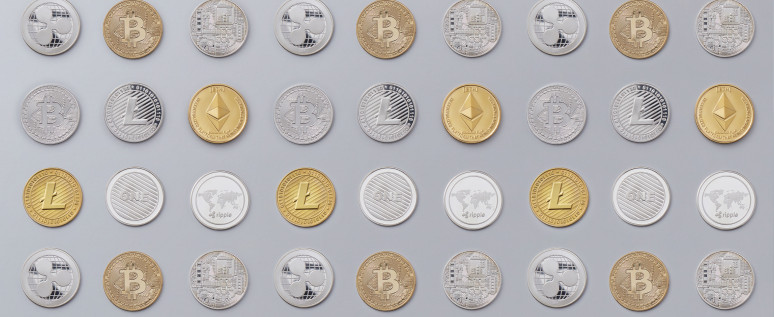The Future of Lending: Trends and Innovations

The lending industry is undergoing a digital revolution, shifting from traditional, cumbersome processes to streamlined, online solutions. This evolution is driven by the advent of digital loans, the integration of blockchain technology, and the innovative Buy Now, Pay Later (BNPL) schemes, reflecting a broader trend towards financial accessibility and efficiency.
Digital loans simplify borrowing by offering quick, online applications and approvals, a stark departure from the lengthy procedures of the past. Blockchain technology further enhances this landscape, promising unparalleled security and transparency through its decentralized ledger system. Meanwhile, BNPL schemes have introduced a flexible, consumer-friendly approach to credit, allowing immediate purchases with deferred, interest-free payments.
These innovations represent a significant leap forward, heralding a future where lending is not only more accessible but also more attuned to the needs of a digitally savvy population. As we navigate this transition, the lending industry stands on the cusp of a new era marked by efficiency, security, and inclusivity.
Digital Loans: The New Frontier
Digital loans refer to the process of borrowing money through online platforms, bypassing the traditional bank loan application process. This innovative approach utilizes digital technology to facilitate faster loan approval and disbursement, often with less stringent requirements compared to traditional loans.
Benefits for Both Lenders and Borrowers
For borrowers, digital loans offer convenience, speed, and accessibility. They can apply for a loan from anywhere, at any time, without the need to visit a bank or fill out extensive paperwork. For lenders, digital lending platforms provide access to a broader customer base, reduced operational costs, and the ability to leverage data analytics for better risk assessment.
Blockchain: A Game Changer in Lending
Blockchain technology offers a decentralized ledger that records all transactions across a network. This technology is the backbone of cryptocurrencies like Bitcoin, but its potential extends far beyond, especially into the lending industry. Blockchain's key features—transparency, security, and immutability—make it an ideal solution for various challenges in traditional lending processes.
Advantages of Blockchain in Lending
- Transparency and Trust: Blockchain's transparent nature allows all parties to view transaction histories and loan details, fostering trust between borrowers and lenders.
- Security: Enhanced security features protect against fraud and unauthorized access, a significant improvement over traditional systems.
- Efficiency: By automating processes and reducing the need for intermediaries, blockchain can lower transaction costs and speed up loan processing times.
Real-world Examples of Blockchain Use in the Lending Sector
Several initiatives highlight blockchain's impact on lending. For instance, platforms like Figure and Salt Lending leverage blockchain to offer secured loans with quicker turnaround times and more competitive interest rates than traditional banks. These cases demonstrate blockchain's potential to streamline lending, making it more accessible and efficient.

Buy Now, Pay Later (BNPL): The Rising Trend
Buy Now, Pay Later schemes have surged in popularity, offering consumers the ability to purchase goods or services immediately and pay for them over time. Unlike traditional credit arrangements, BNPL often comes with zero interest, provided payments are made on time. This model has become especially popular in online retail, catering to the immediate gratification trend among consumers.
How BNPL fits into the Modern Lending Landscape
BNPL schemes represent a shift in consumer credit, moving away from traditional credit cards and loans towards more flexible and accessible financing options. This trend reflects changing consumer behaviors and demands, especially among younger populations who may be wary of traditional credit due to debt concerns.
The Impact of BNPL on Consumers and Retailers
For consumers, BNPL offers greater purchasing power and flexibility, allowing them to manage their finances more effectively. Retailers benefit from increased sales volumes and higher average order values, as BNPL can encourage consumers to make larger purchases. However, the ease of access to credit through BNPL also raises concerns about potential over-indebtedness among consumers.
Challenges and Potential Solutions
As BNPL grows, so do calls for regulation to protect consumers. There's a delicate balance to be struck between promoting financial inclusion and preventing debt spirals. Solutions may include clearer disclosures, credit checks, and caps on late fees. By addressing these challenges, the BNPL sector can continue to grow responsibly, benefiting both consumers and the wider economy.
Future Predictions and Innovations
The lending industry is at the cusp of a technological revolution, with digital loans, blockchain, and BNPL schemes leading the charge. As we look to the future, several trends and innovations are poised to further transform lending:
- Integration of Artificial Intelligence and Machine Learning: These technologies will enhance risk assessment, personalize lending services, and improve fraud detection.
- Expansion of Blockchain Applications: Beyond current use cases, blockchain could enable new forms of lending, such as peer-to-peer loans and microloans, on a global scale.
- Increased Regulation of BNPL and Digital Lending: As these services become more mainstream, regulatory frameworks will evolve to protect consumers while fostering innovation.
- Rise of Alternative Credit Scoring: With data analytics and digital footprints, lenders will increasingly rely on alternative metrics for credit scoring, potentially widening access to credit.
The future of lending is bright, with innovations that promise to make financial services more inclusive, efficient, and secure. However, the key to realizing this potential lies in balancing technological advancements with the need for consumer protection and ethical considerations.
Conclusion
The future of lending, shaped by digital loans, blockchain technology, and Buy Now, Pay Later (BNPL) schemes, marks a significant departure from traditional practices. These innovations are creating a more accessible, efficient, and secure financial landscape. Digital loans simplify borrowing, blockchain offers unmatched security, and BNPL schemes introduce flexible consumer credit, collectively signaling a shift towards a financial ecosystem that prioritizes the needs of a digitally savvy population.
Looking ahead, the integration of emerging technologies promises to further enhance this landscape, offering personalized and efficient financial solutions. However, the evolution of lending also necessitates thoughtful regulation to balance innovation with consumer protection. As we navigate these changes, the lending industry is poised to enter a new era of inclusivity and technological empowerment, ensuring financial services are more attuned to the demands of the modern world.

-small.jpg)


-small.jpg)
